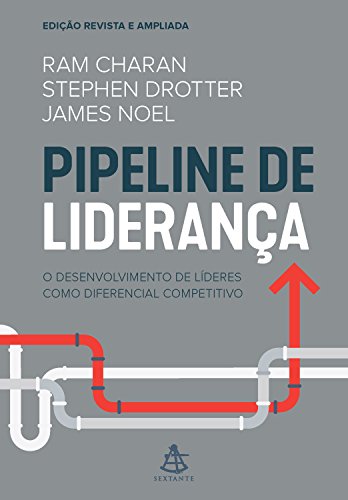What do you think?
Rate this book


EDIÇÃO REVISTA E AMPLIADA
Ter líderes capacitados em todos os níveis de uma organização é fundamental para o sucesso a longo prazo. Mesmo assim, em muitas empresas é comum que o pipeline de liderança – a arquitetura interna para o desenvolvimento de gestores – esteja comprometido ou nem sequer exista.
Nesta edição revista de Pipeline de liderança, Ram Charan, Stephen Drotter e James Noel ampliaram o conteúdo para incorporar os desafios do mundo de hoje.
Com base no trabalho realizado em mais de 100 empresas ao longo de 10 anos, eles compartilham o aprendizado obtido desde a publicação da primeira edição e oferecem seu modelo testado e comprovado para construir e desenvolver planos de carreira, planejar sucessões e formar líderes.
O livro inclui dúvidas dos leitores e novas histórias, com casos bem-sucedidos de transição e também as soluções para possíveis problemas na implantação das mudanças. E mostra como um pipeline obstruído pode comprometer toda a gestão de uma empresa, com impacto significativo na rotatividade e nos resultados.
"O modelo de pipeline de liderança é capaz de transformar uma empresa. Seus conceitos são duradouros e simples o bastante para que gestores em todos os níveis possam compreender o que significa ser um líder altamente eficaz. Os autores oferecem as melhores ideias para o desenvolvimento da próxima geração de líderes". –Abby Curnow-Chavez, sócia do TrispectiveGroup
291 pages, Kindle Edition
First published November 1, 2000